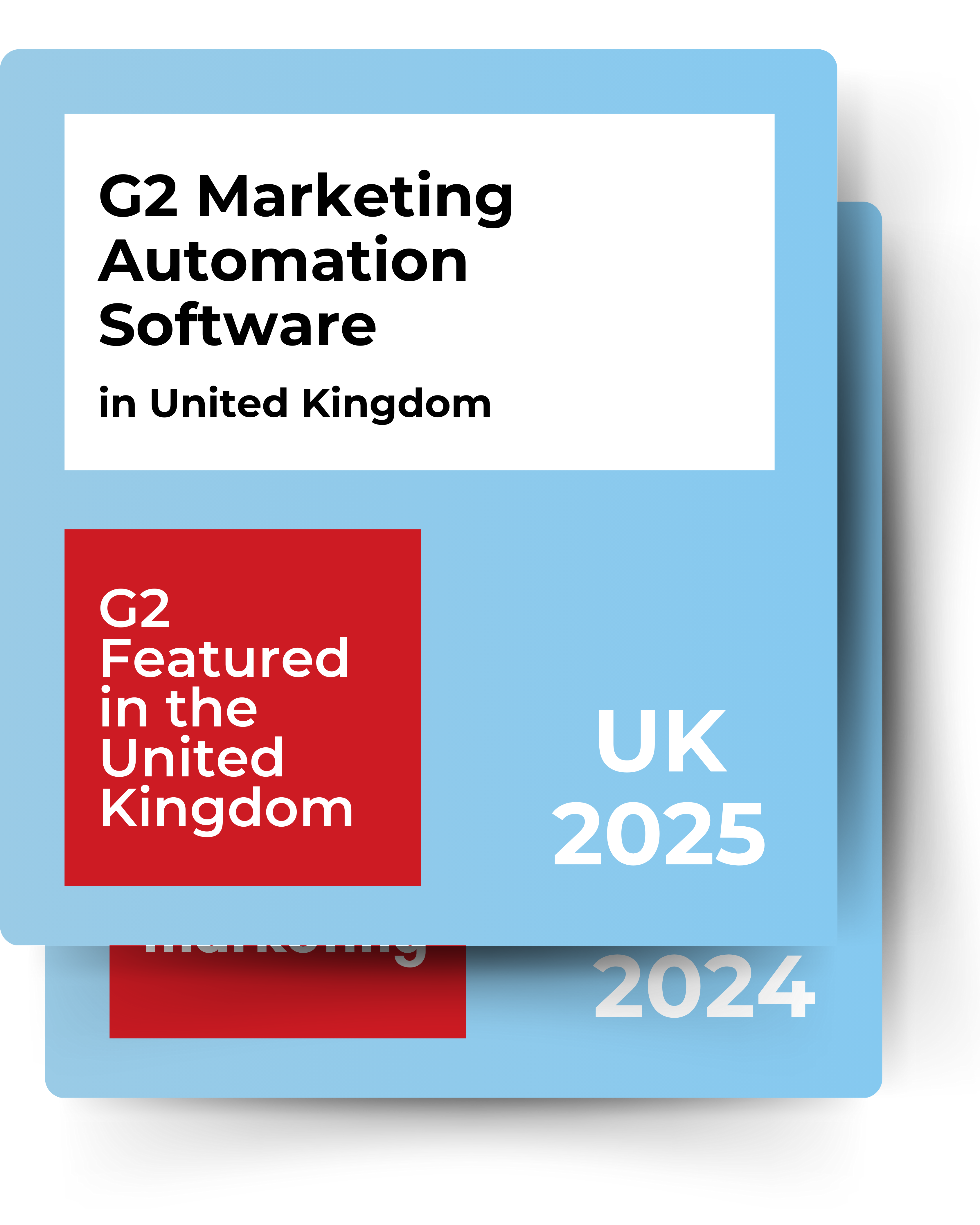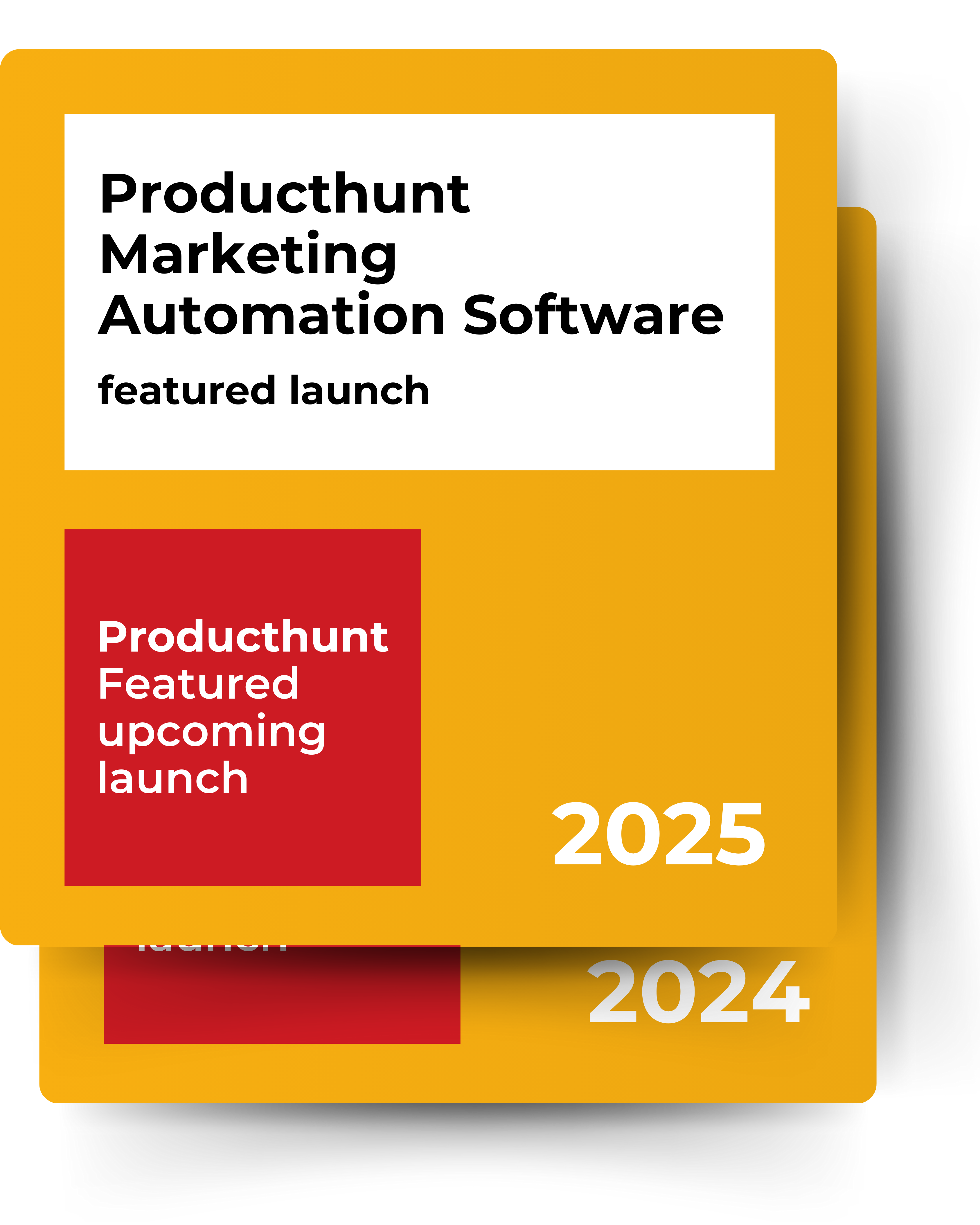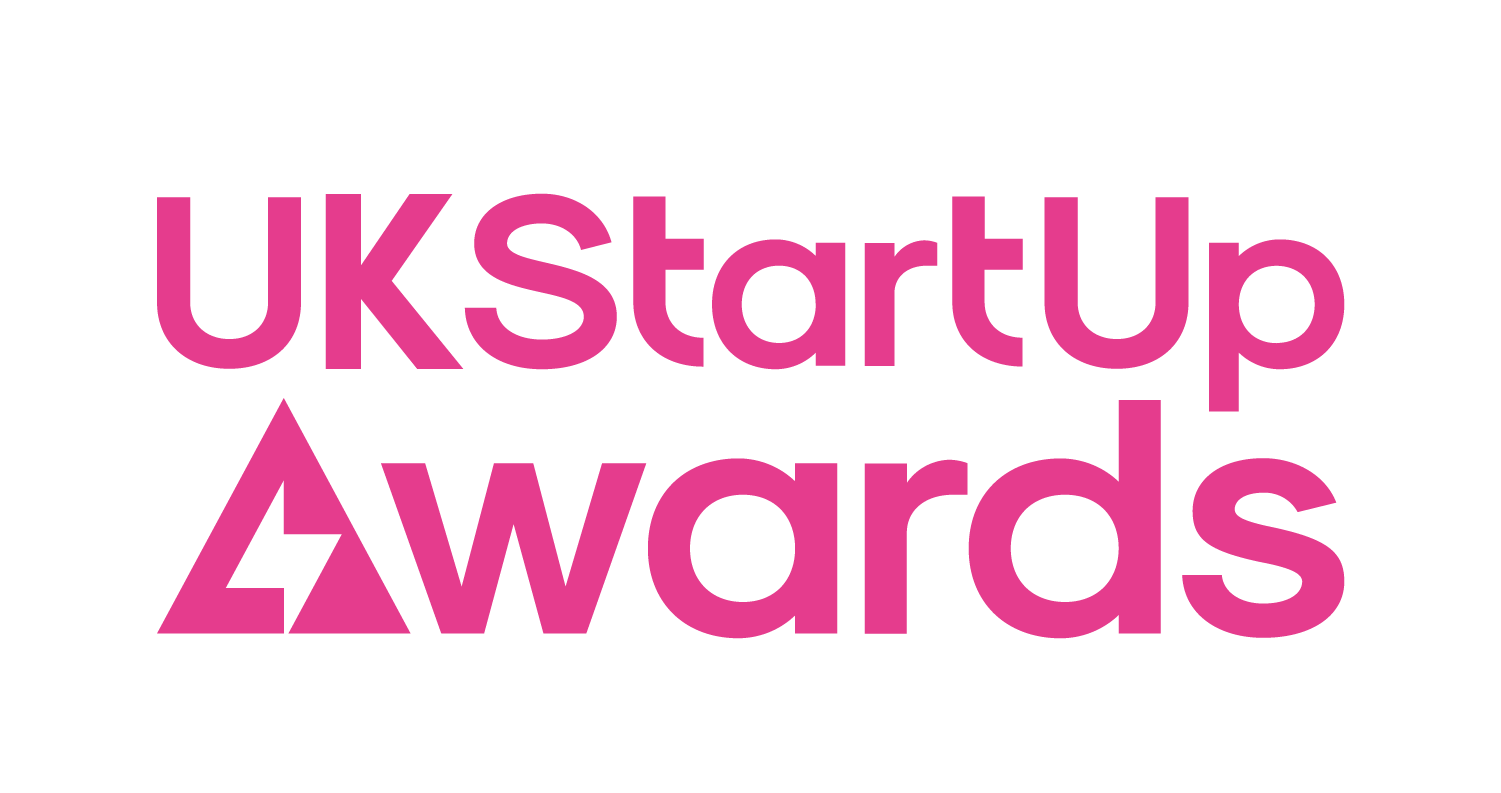You’ve done the hard work. You’ve driven traffic to your landing page through ads, SEO, and social media. But there's a frustrating gap between the number of visitors and the number of sign-ups or sales. If you're tired of seeing visitors leave without taking action, you're in the right place. Optimizing your landing page isn't about a complete overhaul; it's about making strategic changes that guide users toward a single, clear goal. Sometimes, the most powerful change is adding dynamic content, like the engaging video clips you can create automatically with Leo AI's platform.
The reality is that most visitors won't convert. In fact, the average landing page conversion rate is a mere 2.35%. However, the top-performing pages convert at over 11% (WordStream). What sets them apart? They follow a clear set of principles designed to build trust, create clarity, and inspire action. In this guide, we'll break down five key strategies to help you join the ranks of the high-converters.
What Makes a High-Converting Landing Page?
A high-converting landing page does one thing exceptionally well: it communicates its value proposition instantly. Visitors should understand what you offer, why it matters to them, and what to do next within five seconds of arriving. This is often called the "blink test." If they have to hunt for information, they'll leave. The foundation of this clarity is your headline and your core offer.
Headline Specificity vs. Conversion Rate
A clear, benefit-driven headline significantly outperforms a generic one by immediately communicating value to the visitor.
*Illustrative data based on common A/B test results.
To pass the blink test, ensure your landing page has message match—the headline and content should directly reflect the ad or link the visitor clicked on. Dissonance creates confusion and kills conversions.
Nail the Headline
Your headline is the first, and sometimes only, thing your visitors will read. Don't waste it. A great headline is specific, benefit-oriented, and speaks directly to a customer's pain point. Instead of "Easy-to-Use Marketing Software," try "Create Your Social Media Videos in 5 Minutes." The first is generic; the second promises a specific, desirable outcome.
Clarify Your Value Proposition
Beyond the headline, your page's copy, images, and layout must all reinforce a single, compelling offer. Avoid cluttering the page with multiple offers or navigation links that could distract from the primary goal. Every element should answer the visitor's question: "What's in it for me?" A common mistake is focusing on features instead of benefits. Don't just say what your product does; explain how it makes the customer's life better. Avoiding these common marketing mistakes can make a world of difference.
Build Unshakeable Trust with Social Proof
People are naturally skeptical, especially online. Before committing to a purchase or sign-up, they look for signals that your offer is legitimate and that others have had a positive experience. This is where social proof comes in. It's the psychological phenomenon where people assume the actions of others reflect correct behavior.
Showcase Genuine Testimonials
Customer quotes, reviews, and short video testimonials are incredibly powerful. They provide an authentic, third-party endorsement of your product. For maximum impact, use testimonials that are specific and outcome-oriented. Instead of "Great product!", feature a review like, "We used Leo AI to repurpose one webinar and got 25 high-quality clips, saving our team 10 hours of work this week." Include a headshot and company name to add credibility.
Display Trust Badges and Logos
Have you been featured in well-known publications? Do you work with reputable companies? Display their logos on your page. Similarly, trust badges from security firms (like Norton or McAfee), awards, or industry certifications can instantly alleviate security and quality concerns. These visual cues act as mental shortcuts, signaling to visitors that you are a trusted and established entity.
Ready to See What AI-Powered Video Can Do?
Let Leo AI turn your existing content into high-converting landing page videos. No extra filming required.
Start Free Trial Book Office HoursDesign a Call-to-Action That Begs to Be Clicked
Your Call-to-Action (CTA) is the most important element on your landing page. It's the gateway to conversion. Every other element on the page—the headline, the copy, the images—is there to persuade the visitor to click that one button. Therefore, it needs to be impossible to miss and incredibly compelling.
Use Action-Oriented and Value-Driven Copy
Avoid generic and passive words like "Submit" or "Download." Your CTA button should communicate the value the user will receive by clicking it. Use strong action verbs that create a sense of urgency and excitement. For example, instead of "Sign Up," try "Get Your Free Account" or "Start My Trial." This frames the action around the benefit to the user, not the task they have to complete.
Make It Stand Out Visually
Your CTA button should be the most visually prominent element on the page. Use a contrasting color that pops against the background, making it immediately draw the eye. Size and placement are also critical. Ensure the button is large enough to be easily clickable on both desktop and mobile, and place it "above the fold" so visitors don't have to scroll to find it. For longer pages, it's good practice to repeat the CTA at various points.
Boost Engagement with AI-Powered Video
In a world of short attention spans, video is the most effective way to capture and hold interest. A well-placed video can explain a complex product, showcase customer success stories, or build a personal connection with the viewer in a way that text simply can't. In fact, studies show that including video on a landing page can increase conversions by over 80%.
Static pages with walls of text can be overwhelming and often go unread. Video cuts through the noise, delivering your core message in an easily digestible format. It's perfect for product demos, founder introductions, or animated explainers. The challenge, however, has always been the time and cost of production.
Automate Video Creation with AI
But what if you could create a library of high-quality landing page videos without ever stepping in front of a camera? That's the power of AI-driven content repurposing. Platforms like Leo AI analyze your existing long-form content—such as webinars, interviews, or customer calls—and automatically identify the most impactful moments. Our AI then transforms these highlights into dozens of short, engaging, and on-brand video clips, complete with captions and graphics. This allows you to deploy targeted video content on your landing pages that speaks directly to your audience's needs, dramatically increasing engagement and trust without the traditional production overhead.
Win with Data: The Art of A/B Testing
The strategies outlined above are based on proven principles, but every audience is unique. What works for one company might not work for another. That's why the highest-converting landing pages are the result of continuous, data-driven optimization. The best way to achieve this is through A/B testing.
A/B testing (or split testing) is the process of comparing two versions of your landing page (Version A and Version B) to see which one performs better. You show Version A to 50% of your traffic and Version B to the other 50%. By measuring which version leads to more conversions, you can make informed decisions based on real user behavior, not just guesswork.
What Should You Test?
While you can test almost any element, it's best to start with the ones that have the biggest potential impact on conversions. These include:
- Your Headline: Test a benefit-driven headline vs. a pain-point-focused one.
- Your Call-to-Action: Test different button copy ("Get Started" vs. "Claim My Offer"), colors, and placements.
- Your Hero Image/Video: Does a product image work better than a video of a customer testimonial?
- Your Offer: Test a free trial vs. a demo, or a 10% discount vs. free shipping.
- Page Length: Test a short, concise page against a long-form page with more detail.
The key to successful A/B testing is to only change one variable at a time. If you change both the headline and the CTA button color, you won't know which change was responsible for the increase or decrease in conversions. Be patient, let the test run long enough to gather statistically significant data, and let your audience tell you what works.




